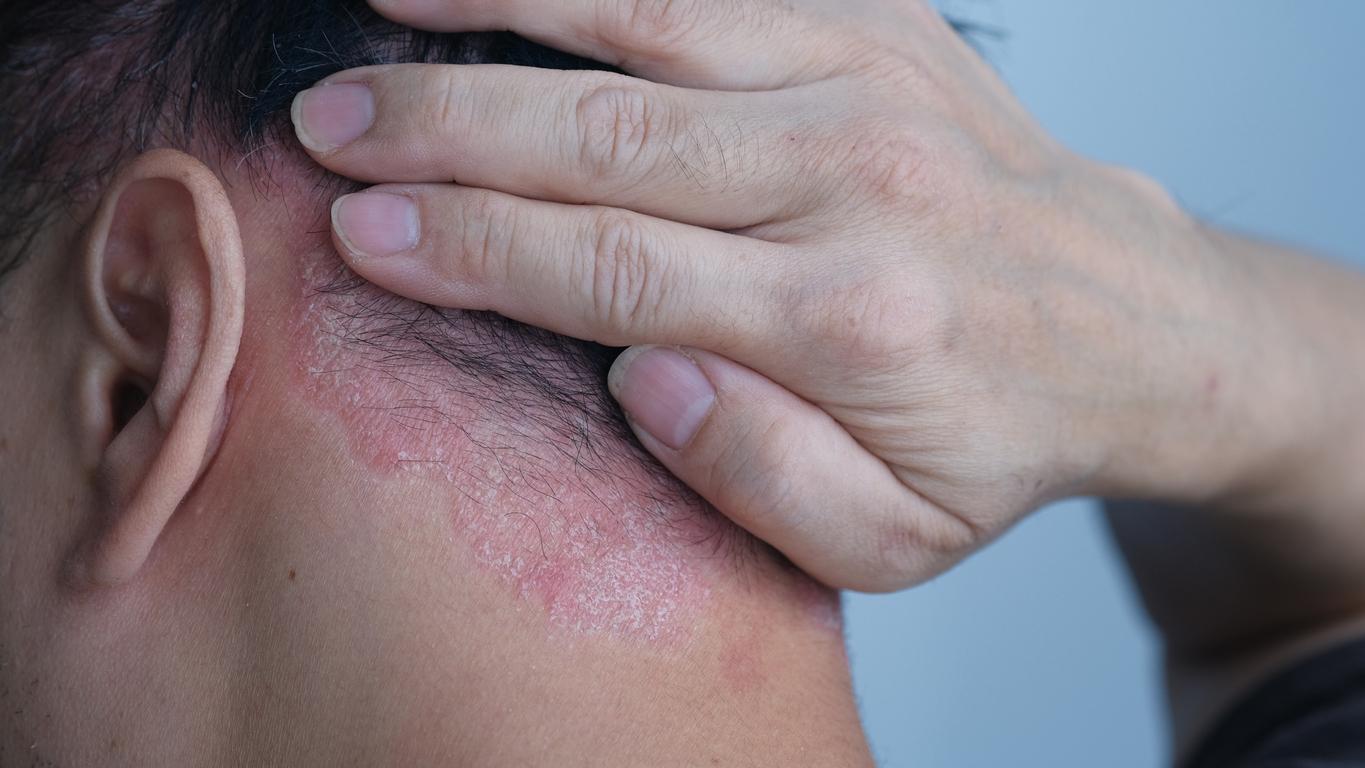On this World Multiple Sclerosis Day, focus on this autoimmune disease.

- World Multiple Sclerosis (MS) Day takes place every year on May 30.
- On this occasion, we will summarize the ins and outs of this disease in three points.
- In France, more than 130,000 people suffer from multiple sclerosis, 500 of whom are under 18 years old.
Figures, symptoms, research… We summarize everything you need to know about the multiple sclerosis.
Multiple sclerosis in figures
Let’s start with the numbers. In France, more than 130,000 people are affected by multiple sclerosis, 500 of whom are under 18 years old. 5,000 new cases are diagnosed each year.
In 70% of cases, the disease is diagnosed between the ages of 20 and 40, although some forms appear before the age of 18. 3 out of 4 patients are women.
Multiple sclerosis is now the leading cause of severe non-traumatic disability in young adults.
Symptoms of multiple sclerosis
Let’s move on to the manifestations of the disease. The three main symptoms that appear at the onset of multiple sclerosis are:
– a decrease in vision in one eye, with a veil and pain behind the orbit that lasts for several days.
– Sensory disturbances, such as a lack of sensation, tingling or burning sensations which also last for several days.
– Motor problems, such as a dragging leg or balance problems.
“The notion of duration of these manifestations, that is to say more than 24 hours, is what makes the difference with a stroke, an epileptic seizure or a migraine for example”, adds Jérôme de Sèze, professor of neurology at the Strasbourg University Hospital.
Other symptoms may appear during the course of the disease: motor and balance disorders (muscle weakness, partial paralysis of a limb, etc.); sensitivity disorders (numbness, tingling, etc.); psychological and cognitive symptoms (attention disorders, depressive episodes, etc.); digestive, urinary and sexual symptoms (constipation, erectile dysfunction, etc.); significant and unusual fatigue.
Multiple sclerosis: where is the research?
Let’s end with research. “Multiple sclerosis (MS) is a complex and multifactorial disease. It is essential to advance basic and clinical research to find innovative treatments and to provide relief to patients” noted France Multiple Sclerosis. “Basic research draws on several specialties: MRI, genetics, immunology, neurology and epidemiology”continues the research center.
Regarding the next hopes in terms of therapeutic progress, “the development of certain MRI imaging techniques [imagerie par résonance magnétique, ndlr] and in PET [tomographie par émission de positons, une méthode d’imagerie médicale, ndlr] found that there is a large heterogeneity between patients for the repair capacities of the myelin sheath”, Professor Céline tells us Louapreneurologist (Pitié Salpêtrière) and co-coordinator of the FCRIN4MS network (FCRIN). “Basic research has also taught us what the obstacles are to spontaneous repair of the myelin sheath, and how the inflammatory environment or other factors block this repair,” she adds.
















